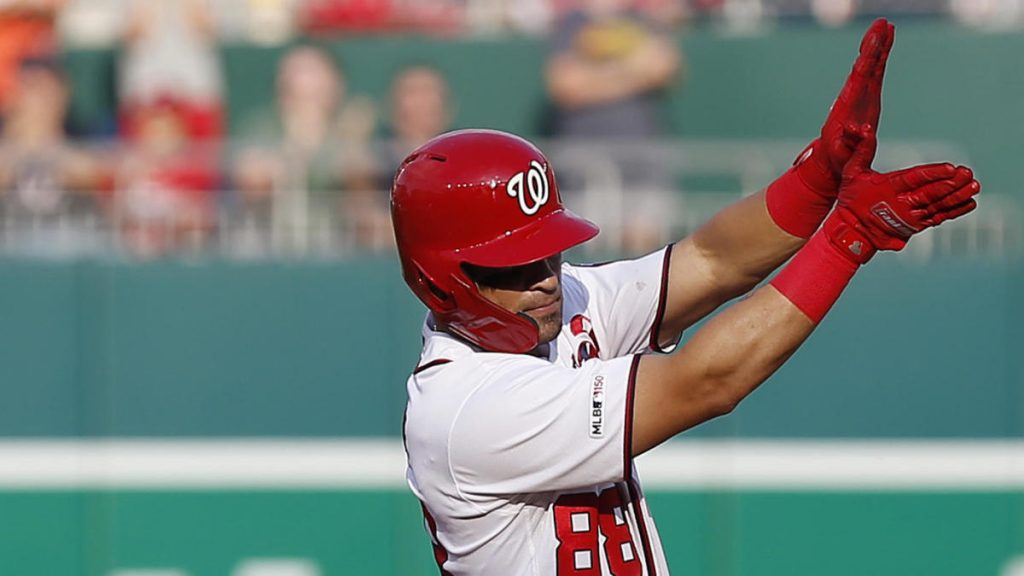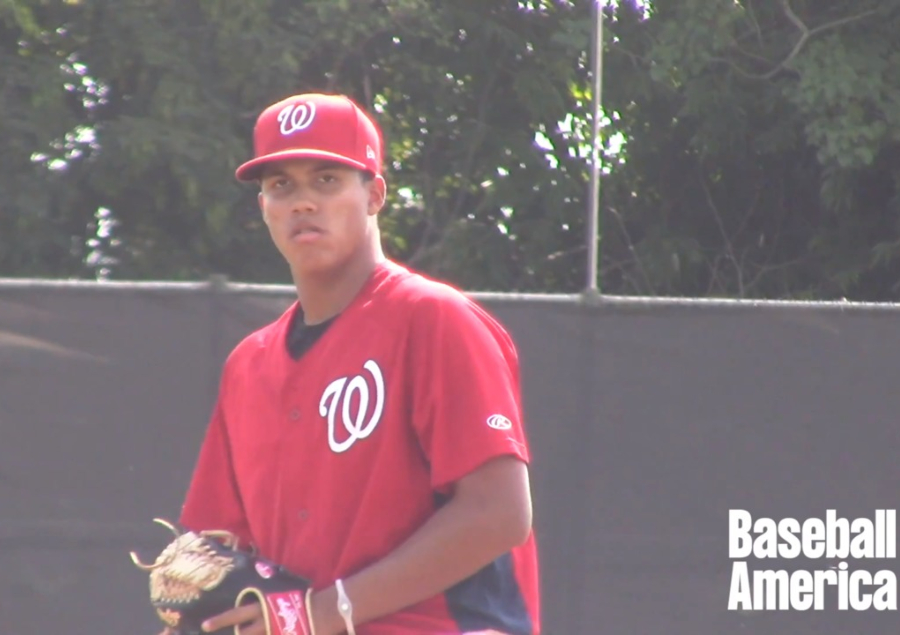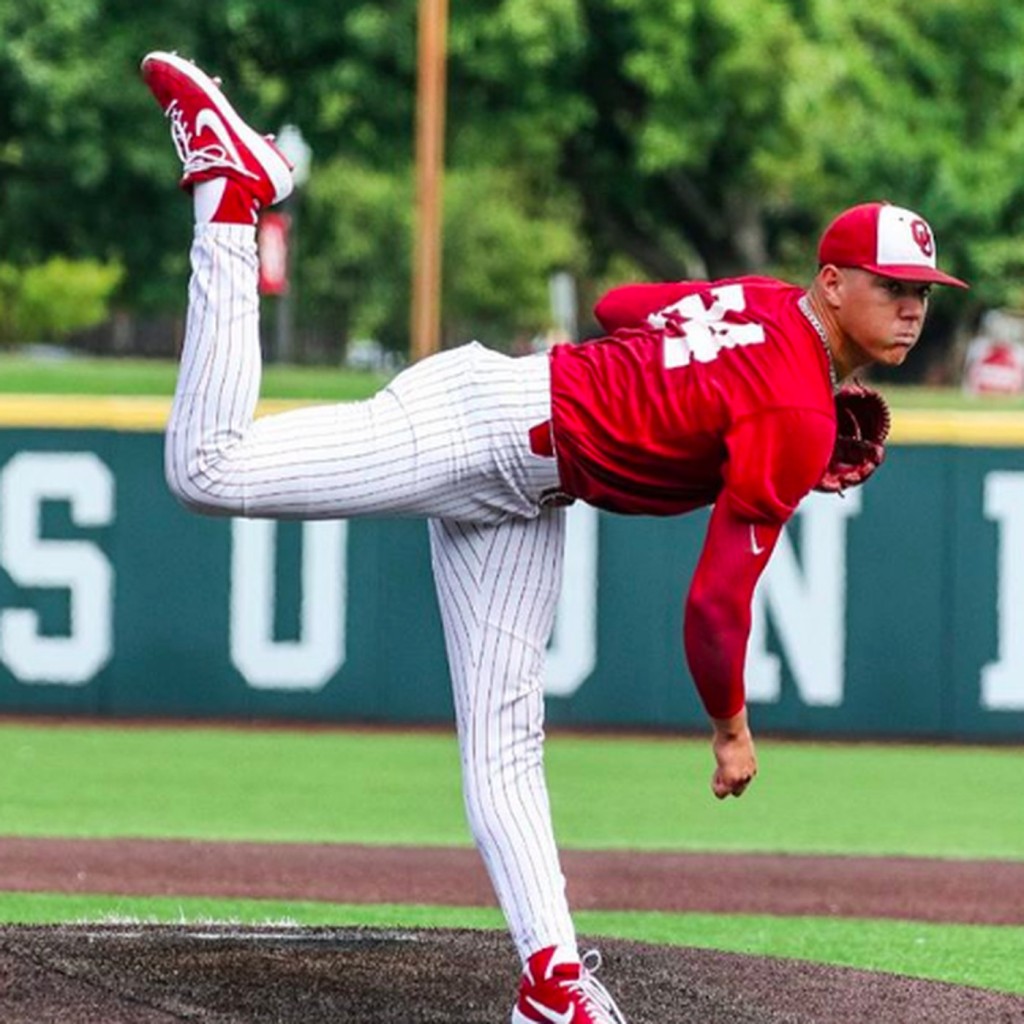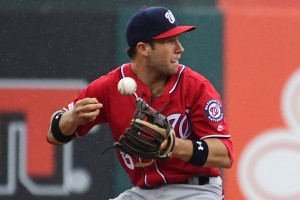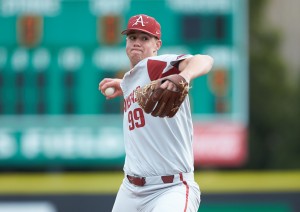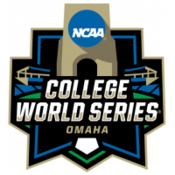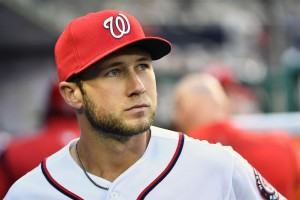
Will Kieboom have a shot at the 25-man roster this Spring? Photo via federalbaseball.com
Jamal Collier has moved on: our new mlb.com beat reporter is Jessica Camerato. As far as I can now tell, here’s your official beat reporters for the team from the various major media outlets covering the team:
(post-publishing edit: thanks for the crowd-sourcing on the WP beat reporter history that I had forgotten despite still, to this day, being a WP paper subscriber).
- Washington Post; Jessie Dougherty/Sam Fortier. Before them in descending chronological order: Chelsea Janes/Jorge Castillo, James Wagner, Adam Kilgore, Chico Harlan. The original/first beat reporter was Barry Svrluga.
- MASN: Mark Zuckerman. He formerly covered the team for The Washington Times, then Comcast Sports Net, with an “unaffiliated” year between gigs writing for his own site (natsinsider.com)
- MLB.com: Jessica Camerato, formerly Jamal Collier and then for years Bill Ladson
- The Athletic: Brittany Ghiroli
- Comcast Sports Net/NBC Sports: not sure? Perhaps Matt Weyrich? Todd Dybas (thanks to commenter rdexposfan)
- Washington Times: … not sure? Do they have a dedicated beat reporter since parting ways with Zuckerman?
Am I missing any major DC area media outlets with professional beat reporters?
Anyway I digress.
Here’s Camerato’s first mailbag, dated 1/31/20, responding primarily to questions she got on twitter.
———
Q: How are the Nats going to replace Anthony Rendon’s production?
A: Uh… they’re not?
It should be pretty obvious that the team has attempted to “replace” Anthony Rendon‘s lineup presence in a very Billy Beane fashion; buy a bunch of cheaper alternatives that, in the aggregate, may come close to adding up to replace the star. They’ve brought back guys (Kendrick and Cabrera), they’ve hired new guys (Castro) and they’re hoping that their prospects (primarily Kieboom) can grow up fast and contribute soon. Throw enough 3B-capable players at the wall and hopefully something sticks.
What they have NOT done is acquire a superstar replacement: no Josh Donaldson and as of yet no trade for someone like Kris Bryant or Nolan Arenado. I’m not entirely sure how the team puts together a package deep enough to get these guys, not without crushing the existing roster or what remains of the farm system at this point (Baseball America just ranked the system 23rd, and once Kieboom and Luis Garcia graduate i’m not sure what remains to keep it from plummeting to the bottom). So I think we all have to hope that the new un-tapped edge in the sport is middle-aged sluggers and go with it.
Camerato doesn’t really mention the like-for-like position player at 3B, instead points out that Juan Soto may step up .
———
Q: What are the chances Carter Kieboom lands at third?
A: This year? Or eventually?
I think eventually yes he ends up at 3B. This year, at least in the first half, may not provide him many opportunities thanks to the FAs that the team has signed.
I don’t think he ends up at 2B; he’s a bit big, despite currently being a SS and his defensive strength reportedly is in his arm, not his movement, so 2B makes sense for others … like Garcia.
Camerato says he’ll get his shot at the job in ST but that he’ll have competition.
—
Q: Who’s gonna be the fifth starter?
A: I think it almost has to be Joe Ross. Ross has proven more than a few times he can’t pitch in relief. He’s got no options. And he’s proven in the past to be a solid 5th starter. His competition for the role all seems to be internal this year; there’s no MLFA reclamation project like Jeremy Hellickson waiting in the wings (at least not right now). Erick Fedde and Austin Voth are his most direct competition … one has a magical 4th option (Fedde) which buries him in Fresno even before spring training begins, and the other guy (Voth) gets the 13th pitcher roster spot thanks to no options and his ability to be a swing-man /spot starter.
Camerato says they don’t really need to figure this out in Spring Training … which I don’t agree with frankly b/c of the options situation with two of them.
——–
Q: What does the farm system look like this year? Who should we watch that could make the club in 2021?
A: Farm system, as mentioned above, is thin. Its two guys at the top (Kieboom and Garcia) and then its a gap to players who are a ways away.
Why is the Farm so thin right now? Because the team has blown or traded away multiple first round picks in the last few years. Consider the Draft Tracker:
- 2019 1st rounder Jackson Rutledge; now basically our 3rd best prospect after throwing 37 innings last season.
- 2018 1st rounder Mason Denaburg: didn’t pick at all in 2018, threw 20 innings in 2019 with an ERA north of 7.00 in the GCL and is reportedly nursing an injury
- 2017 1st rounder Seth Romero; known problem child who continued to cause issues upon signing, and threw just 47 pro innings before blowing out his UCL.
- 2016 1st rounder lost due to the Daniel Murphy signing.
- 2016 Supplemental 1st rounder Dane Dunning traded away to get Adam Eaton.
- 2016 Supplemental 1st rounder Kieboom currently our long-standing #1 overall prospect.
- 2015 1st rounder lost due to the Max Scherzer signing.
- 2014 1st rounder Erick Fedde really yet to be effective for the MLB team frankly; 143 MLB innings with a 5.39 ERA.
The Denaburg and Romero picks in particular are really crushing the system; those two guys should both be top 100 prospects right now. Its also worth noting that the team traded away Jesus Luzardo in 2017 in the Doolittle trade, and he’s now nearly a top 5 prospect in the whole of the sport.
Why do I focus on 1st rounders? Well because those are by far the players with the highest percentage chances of matriculating to the majors, and should be the ones at the top of your prospect lists. Instead, our team has gotten almost NO prospect depth out of our 1st rounders over the past 6 drafts. Instead the tops of our “top 30” lists are dotted with 2nd and 3rd rounders (Wil Crowe, 2nd rounder in 2017, Tim Cate, 2nd rounder in 2018 being the best recent examples), but even those 2nd rounders have been gutted lately:
- 2019 2nd rounder lost to the Patrick Corbin signing
- 2016 2nd rounder Sheldon Neuse also traded away with Luzardo in the Doolittle deal, now on the cusp of the Oakland MLB roster
- 2015 2nd rounder Blake Perkins traded away for Kelvin Herrera (though to be fair, he was young and has yet to really materialize as a prospect)
- 2014 2nd round pick Andrew Suarez refused to sign; he’s pitched all of 2018 in San Francisco’s rotation.
That’s a LOT of additional prospect depth either out the door on top of the failures of the 1st rounders. And its going to get worse before it gets better.
Who might debut in 2021? I’d be looking for Garcia, Crowe, maybe Barrera moving up, Braymer and maybe even a couple of the 2019 guys (Mendoza or Rutledge) if they blow up this year.
Camerato says… Garcia might debut in 2021. not much else.
————-
Q: Welcome! I’d be interested in hearing about players who changed up personal routine, training regimen, pitch selection or batting stance this offseason.
A: Me too! Hoping for more player deep dive content from Camerato and others this spring training.
Camerato says she agrees and hopes to do more once ST starts.
